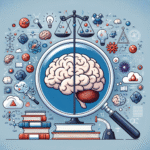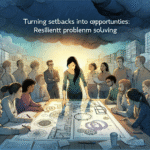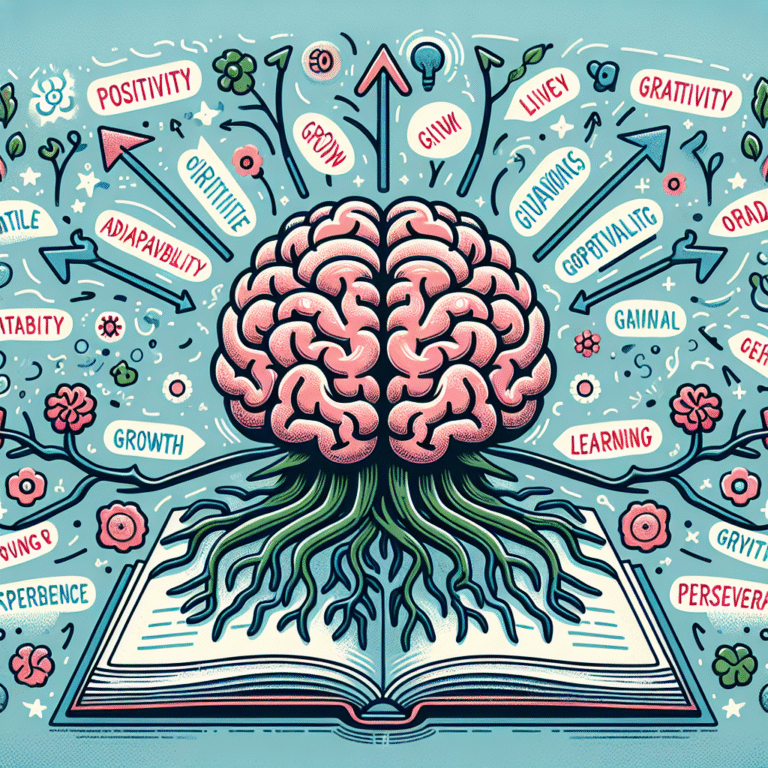
Introduction
In a world where educational methods are constantly evolving, one concept stands out for its profound implications on how we teach and learn: The Importance of Scaffolding: Maximizing Learning in the ZPD (Zone of Proximal Development). This foundational idea, deeply rooted in Vygotskian theory, highlights the critical relationship between guided support and independent skill acquisition. Imagine a young learner struggling with a complex math problem. Instead of leaving them to flounder, a teacher offers just the right amount of support to help bridge the gap. This is scaffolding in action, and it can lead to transformative learning experiences.
As we dive deeper into this vital concept, we’ll explore its relevance, real-world applications, and how scaffolding can unleash the potential of learners across various contexts.
Understanding the Basics of Scaffolding and the ZPD
To grasp The Importance of Scaffolding: Maximizing Learning in the ZPD, we first need to understand the building blocks of these concepts.
What is Scaffolding?
Scaffolding is a teaching method that provides support to learners to help them master new skills or concepts. This support is gradually removed as the learner becomes more competent. Think of it as a temporary structure that helps a child build a complex Lego model; once they understand how to assemble the pieces, the scaffolding can be taken away, allowing them to build independently.
What is the Zone of Proximal Development (ZPD)?
The ZPD is the range of abilities that a learner can perform with assistance, but not yet independently. According to Lev Vygotsky, it’s within this space that the most effective learning occurs. By targeting the ZPD, educators can provide scaffolding that enables learners to advance their skills efficiently.
The Connection between Scaffolding and the ZPD
Understanding The Importance of Scaffolding: Maximizing Learning in the ZPD comes down to recognizing that effective scaffolding is tailored to the learner’s current abilities and their potential growth. When educators assess a student’s ZPD, they gain insight into how to provide supportive structures that both challenge and empower learners.
The Mechanics of Effective Scaffolding
To maximize the benefits of scaffolding, educators must employ various strategies that cater to different learning styles and situations.
1. Gradual Release of Responsibility
One of the key strategies in scaffolding is the "gradual release of responsibility" model. Initially, the educator takes charge by demonstrating a task or concept. Over time, the responsibility shifts from the educator to the learner.
Case Study: Reading Comprehension
In a classroom focused on reading comprehension, a teacher might start by reading a story aloud, discussing the themes, and answering questions. As students become more confident in their understanding, the teacher gradually encourages them to lead discussions and eventually analyze texts independently.
Analysis: This method highlights The Importance of Scaffolding: Maximizing Learning in the ZPD as it provides students with the necessary tools to engage with complex texts, enhancing their comprehension skills progressively.
2. Tailored Support
Each learner’s ZPD is unique, which means scaffolding must be individualized. Teachers need to assess where each student currently stands, then offer support that is tailored specifically to their needs.
Case Study: Mathematics Skills
In a diverse classroom, some students may struggle with basic multiplication while others excel. A teacher could offer visual aids, manipulatives, or one-on-one sessions to those struggling with multiplication while challenging advanced students with complex problem-solving tasks.
Analysis: This personalized approach exemplifies The Importance of Scaffolding: Maximizing Learning in the ZPD, as it ensures each student receives the support necessary to advance at their own pace.
3. Collaborative Learning
Scaffolding doesn’t have to come exclusively from a teacher. Peer-to-peer interaction can also bolster learning. When students explain concepts to one another or work together to solve problems, they engage in a powerful learning process.
Case Study: Project-Based Learning
In a project-based learning scenario, students might work in groups to tackle a science project. By discussing ideas, sharing insights, and supporting one another, they create a collaborative environment rich in scaffolding.
Analysis: This case emphasizes The Importance of Scaffolding: Maximizing Learning in the ZPD, as peer support often leads to deeper understanding and retention of knowledge.
Benefits of Scaffolding in Maximizing Learning
Understanding The Importance of Scaffolding: Maximizing Learning in the ZPD translates to numerous benefits for both students and educators.
Enhanced Learning Outcomes
When scaffolding is effectively implemented, students often exhibit improved academic performance. As they receive tailored support, they can tackle more complex tasks, leading to deeper learning.
Increased Student Engagement
Scaffolding creates a dynamic classroom environment that encourages active participation. When students feel supported, they’re more likely to engage with the material and take academic risks.
Development of Critical Thinking Skills
By using scaffolding strategies, educators help students learn how to think critically and solve problems effectively. The gradual increase in complexity challenges learners to develop these vital skills step by step.
Building Confidence
As learners successfully navigate challenges with appropriate support, their confidence grows. This self-assurance encourages them to tackle new problems independently, fostering a love for learning.
Challenges and Considerations
Despite its benefits, implementing The Importance of Scaffolding: Maximizing Learning in the ZPD can present challenges.
Time Constraints
Educators often operate within tight schedules, leaving limited time for individualized scaffolding. This limitation can hinder the ability to provide necessary support.
Teacher Training
Not all educators have received training in scaffolding techniques. Without proper guidance, they may struggle to effectively assess their students’ ZPDs and implement appropriate scaffolding strategies.
Over-Scaffolding
While support is beneficial, too much can hinder a learner’s independence. Striking the right balance is crucial to ensuring that students become self-reliant.
Conclusion
The exploration of The Importance of Scaffolding: Maximizing Learning in the ZPD reveals a powerful approach that can shape learners into confident, independent thinkers. By understanding how to effectively integrate scaffolding techniques within the classroom, educators not only enhance the learning experience but also inspire students to take ownership of their education.
Whether through gradual release of responsibility, tailored support, or collaborative learning environments, scaffolding remains a vital component in facilitating learning. It empowers students and leads them toward a future where they are prepared to tackle challenges with resilience and creativity.
As we look ahead, consider how you can implement these strategies in your own educational practices. Remember, every learner’s journey is unique; by providing scaffolding within their ZPD, you are not just teaching concepts—you’re unlocking potential.
FAQs
1. What does scaffolding look like in a classroom?
Scaffolding can involve teacher demonstrations, guided practice, visual aids, collaborative group work, and feedback sessions tailored to students’ individual needs.
2. How can I identify a student’s ZPD?
Assess a student’s current skills, observe their learning processes, and engage them in tasks that are just beyond their current capabilities to ascertain where they require support.
3. Can scaffolding be used in non-academic settings?
Yes, scaffolding can be applied in various contexts, including vocational training, workshops, and everyday life skills, enhancing learning through support and guidance.
4. How can I avoid over-scaffolding?
Strive to gradually reduce support as learners demonstrate competence. Provide just enough assistance to ensure understanding, but allow for independence as they gain confidence.
5. How does technology play a role in scaffolding?
Technology can offer interactive tools that provide instant feedback, tailored instructional materials, and collaborative platforms, all of which enhance the scaffolding experience in modern classrooms.
By embracing The Importance of Scaffolding: Maximizing Learning in the ZPD, you can create a richer educational experience that inspires and empowers learners, equipping them with the skills they need to succeed.















